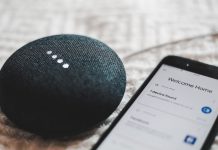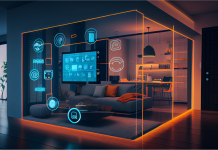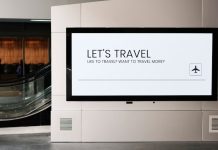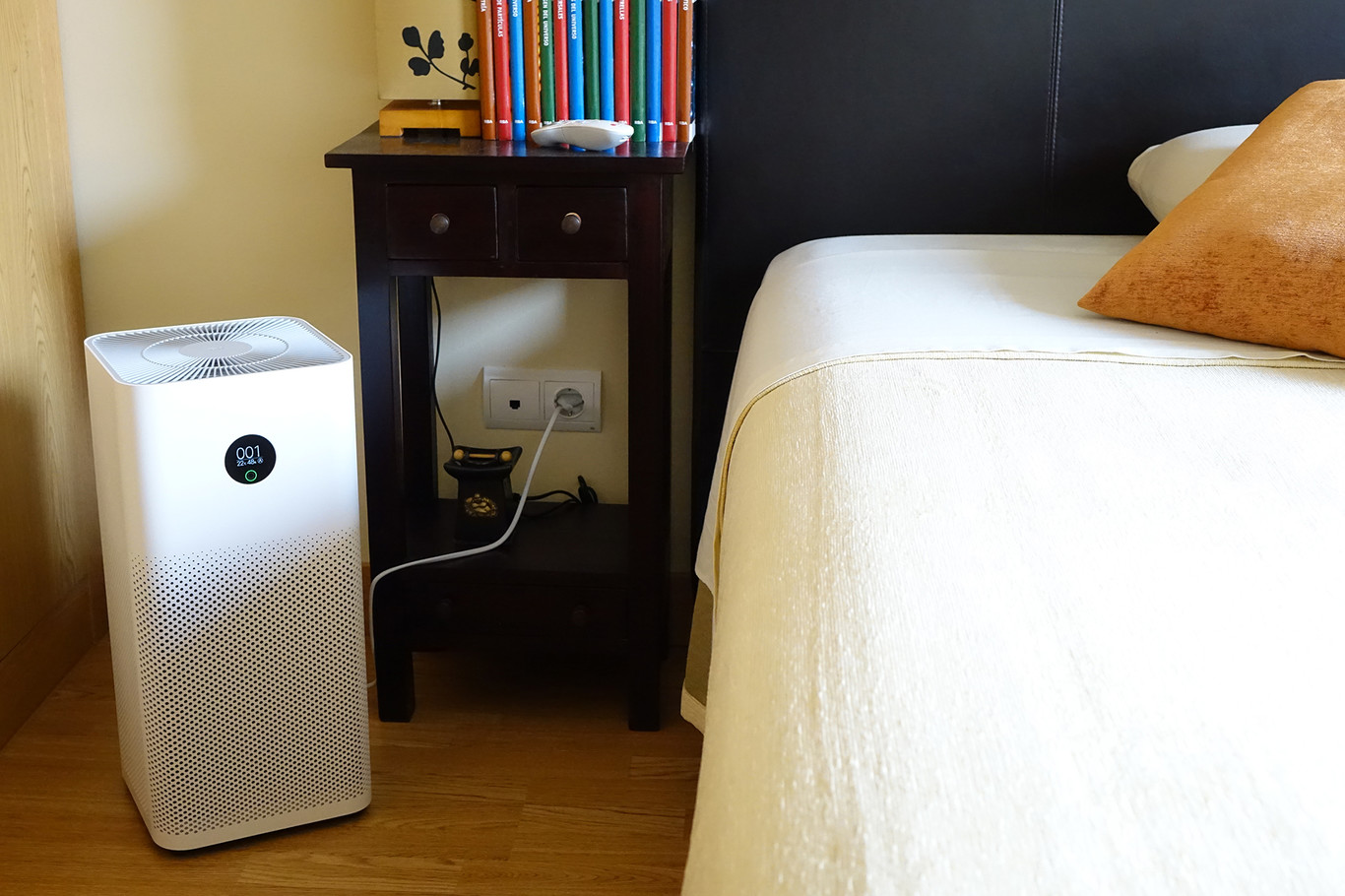
Allergies to pollen, asthma, pets… respiratory diseases are an increasingly present reality, and their prevalence continues to increase. If this is your case, you may have considered buying an air purifier (or even health personnel have recommended it). This device looks very similar to air conditioners but aims to return better air than the one they trap.
In this air purifier buying guide, you will find a simple explanation of how it works and how to choose an air purifier that suits your needs. Also, a selection of some of the most interesting models
How does an air purifier work?
The mission of an air purifier is to eliminate elements present in the air: pollen, mites, dust, tobacco smoke… in general, pollutants. Consequently, it returns cleaner air and, in some cases, with fewer odors since they trap the particles responsible for it.
To retain these particles, they first capture the air from the environment using a fan, and after going through a filter system where impurities are trapped, the air returns to the room.
Although there are several technologies to purify the air, such as electrostatic precipitators or ozone, as previously mentioned, the ones used commercially are high-efficiency filters.
High-efficiency filters offer an effective and safe solution. Of course, they are not perfect, requiring the replacement of these periodically so that it continues to fulfill its mission. The starting point when choosing an air purifier will be knowing what degree of retention they offer.
Factors to consider when choosing an air purifier
HEPA filter

The retention capacity of the filter that integrates the air purifier is essential because it determines the quality of the air that will go out into the room. In this sense, the recommendation is to look for models with HEPA (High-Efficiency Particulate Air ) filters and not “HEPA type”.
Why this nuance? For a filter to be called HEPA, it must meet certain standards; that is, it must trap all particles equal to or greater than 0.3 microns in diameter with 99.97% effectiveness.
Thus, we can also find models with “HEPA-type” filters that are generally more affordable but less efficient, either do not meet HEPA standards or have not been tested in independent laboratories.
The European standard EN 1822-1:2009 defines several classes of HEPA filters based on their degree of retention:
|
FILTER TYPE |
% TOTAL MP RETENTION |
% LOCAL PM RETENTION |
|---|---|---|
|
E10 |
more than 85% |
|
|
E11 |
more than 95% |
|
|
E12 |
more than 99.5% |
|
|
H13 |
more than 99.95% |
more than 99.75% |
|
H14 |
more than 99.995% |
more than 99.75% |
|
U15 |
more than 99.99995% |
more than 99.99975% |
|
U16 |
more than 99.999995% |
more than 99.99975% |
|
U17 |
more than 99.9999995% |
more than 99.9999% |
How big is the room to purify?
The next aspect to assess is knowing the cubic meters of the room whose air we will purify. And it is that as it happens with air conditioners, it is not the same to operate in a room of 10 square meters as to condition a room of 50 cubic meters.
To size the room, we will simply calculate its volume. This is its surface multiplied by the height. Air purifiers offer this information in their specifications or an approximation of the surface to be purified.
It is important to know this information to size our purification needs so we do not fall short or invest more than necessary in an oversized purifier.
Power
Hand in hand with the purification needs is the power necessary to carry it out in the time detailed in the specifications. The more cubic meters we have to cover, the more power we will require. This power is usually given as a function of the flow of purified air per unit of time.
In case of insufficient power, the air purifier would be forced to operate for a longer time, which would affect both the performance of the device and its useful life and electricity consumption in the long run.
Noise
It is easy to overlook the noise section when choosing an air purifier, a mistake we will pay for as soon as we take it out of the box and put it to work.
Although it is true that due to its dimensions, it is a portable device, it must be borne in mind that the air purifier will be operational in our home continuously, in our presence, and sometimes, when we are sleeping or carrying out activities that require silence.
In this sense, it is worth looking at the level of noise generated, always looking for those that are quieter or that have a night mode. However, using it in the baby’s room differs from putting it in an office.
To get an idea of noise levels, a couple of notes: the ideal for sleeping is less than 30 dB, and the noise generated by a fridge in good working order ranges between 30 and 50 dB.
Other factors to consider
After reviewing the fundamental factors, others may be interesting.
- How are they managed, and if they are programmable? While the most basic models are controlled on-site from the device itself, there are programmable ones with remote control or even an application to manage it telematically. Although they are not as popular as air conditioners or robot vacuum cleaners, some models can already be integrated into the smart home so that we can manage them using a voice assistant.
- That includes sensors so that they work autonomously, detecting variations in air quality and particles, thus adjusting their operating time and power.
- They have extra technologies that complement the purification of HEPA filters, such as ionization, activated carbon, or ultraviolet light. Thus, those with an additional carbon filter are interesting if we seek to neutralize odors; ionizers help to neutralize particles, and UV help to neutralize bacteria accumulated in the filters.
- Filter replacement frequency. The useful life of a HEPA filter is limited. Although the manufacturer usually provides an approximate period to change it, some models notify how the deterioration of this key part is.
Featured models
De’Longhi AC75
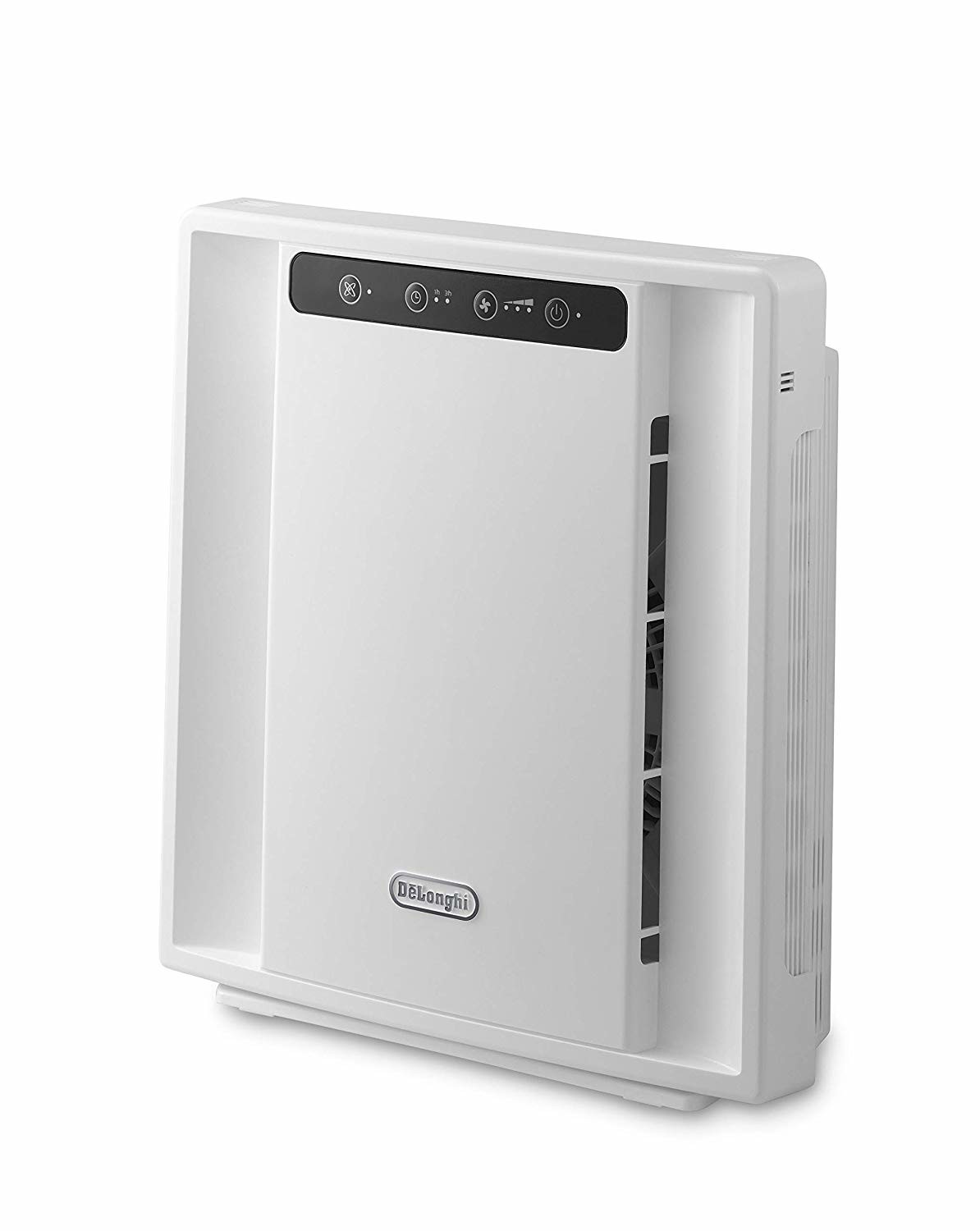
|
DELONGHI AC75 |
|
|---|---|
|
filter type |
HEPA |
|
Room |
up to 25m2 |
|
Power |
40-80-140 m 3 /h. |
|
Noise |
30 – 40dB |
|
Price |
89 euros |
The De’Longhi AC75 purifier ( 89 euros ) stands out for its combination of purification, combining a HEPA filter, an ionizer to neutralize particles, and a carbon filter. In addition, its filter is washable. It works with 3 speeds and has a control panel with LEDs and a timer from 1 to 3 hours.
Xiaomi Mi Air Purifier 3H
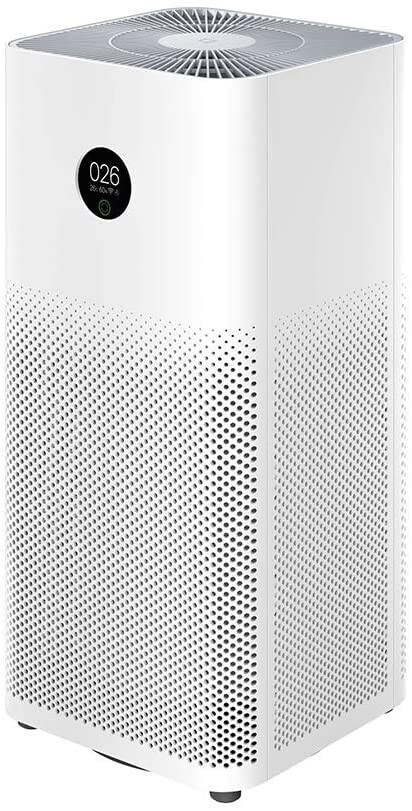
|
XIAOMI MI AIR PURIFIER 3H |
|
|---|---|
|
filter type |
HEPA |
|
Room |
45 square meters |
|
Power |
380m3/h |
|
Noise |
64dB |
|
Price |
189 euros |
The prolific Xiaomi has also made its foray into this sector with this Xiaomi Mi Air Purifier 3H ( 189 euros ), a model that stands out for offering connectivity within a very tight price range for its features so that we can control it with our voice. (it is compatible with Alexa and Google Assistant) or the app, where we will see the particle concentration in real-time, the temperature, the humidity, the Wi-Fi connection, and the work mode. However, you can also use its OLED touch panel for more manual handling.
Beurer LR-200
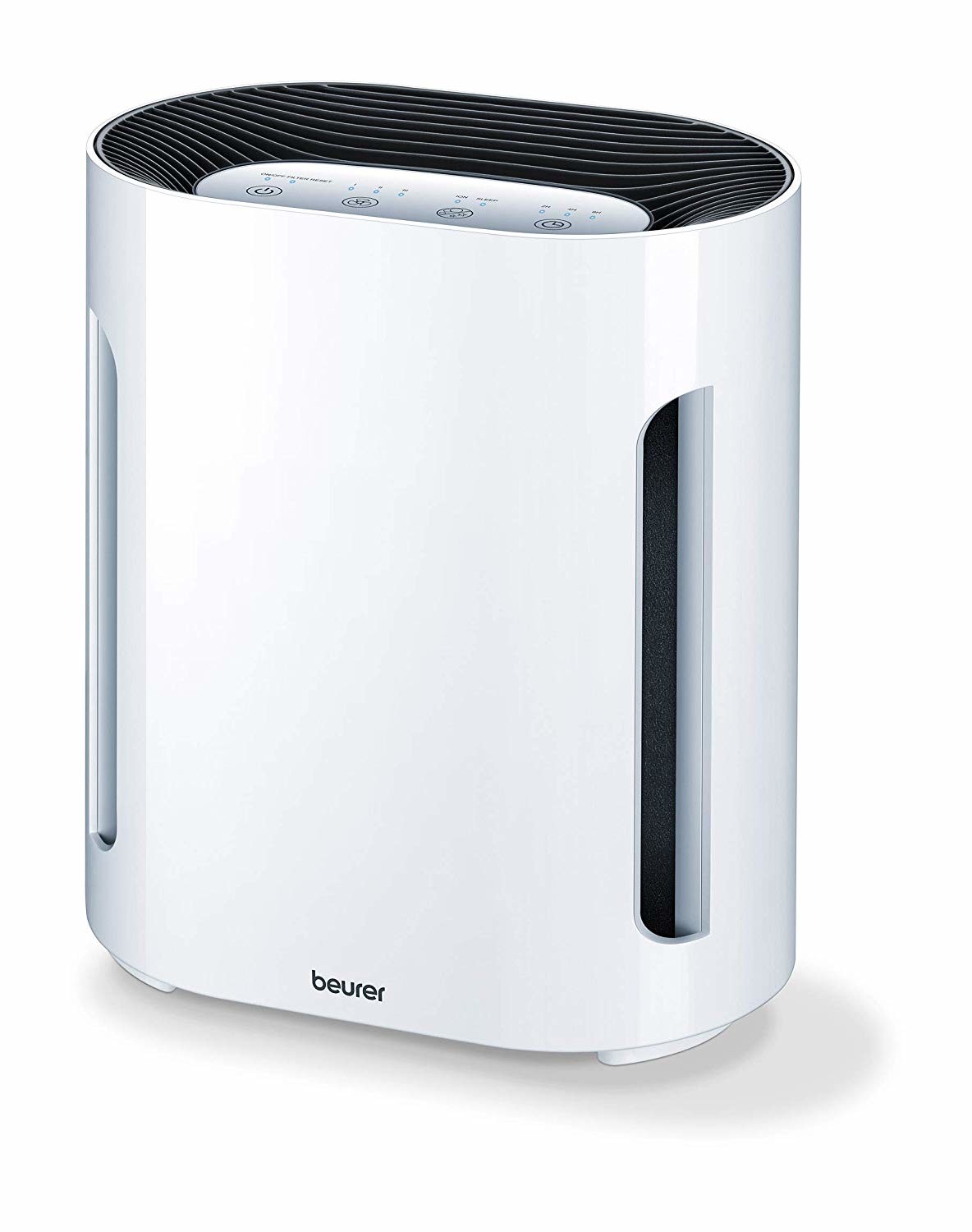
|
BEURER LR-200 |
|
|---|---|
|
filter type |
HEPA 99.5% |
|
Room |
up to 15m2 |
|
Power |
na |
|
Noise |
na |
|
Price |
91 euros |
The Beurer LR-200 ( 91 euros ) is a simple and compact model to purify a room that integrates a 3-layer filtration system. This model allows its programming manually from its control panel, where we will see the timer function and the 3 levels of purification.
Includes an optional ionic function, quieter night mode with dimmed panel light, and a filter change indicator.
Beurer LW-230
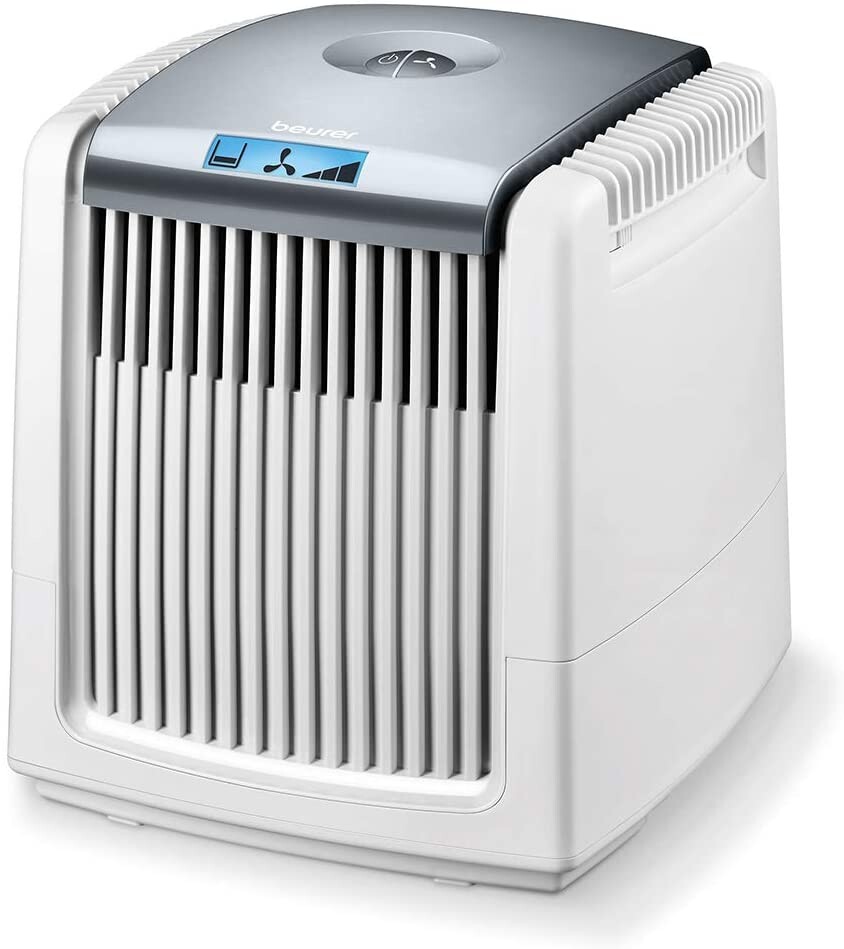
|
BEURER LW-30 |
|
|---|---|
|
filter type |
HEPA |
|
Room |
40m2 _ |
|
Power |
– |
|
Noise |
– |
|
Price |
237 euros |
The Beurer LW-230 ( 237 euros ) is a compact model to purify the air in small apartments and humidifies it at the same time.
With 3 levels of purification and several humidification programs, it is easily managed through its interface in the form of a screen, where we can see the water level. Its energy consumption is very low.
LR-330 Beurer Comfort
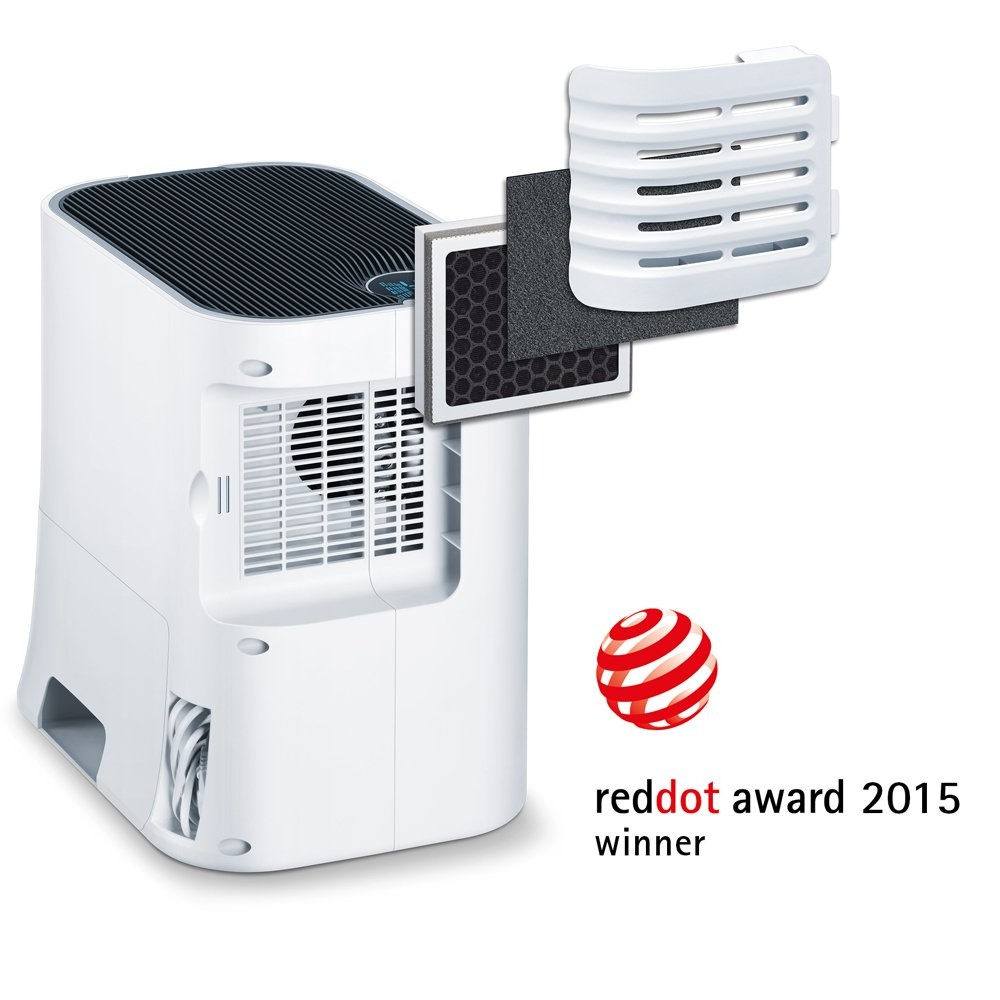
|
LR-330 BEURER COMFORT |
|
|---|---|
|
filter type |
HEPA filtering efficiency of 85% |
|
Room |
35m2 _ |
|
Power |
|
|
Noise |
– |
|
Price |
256 euro |
The Beurer Confort LR-330 ( 256 euros ) cleans the air and humidifies it at the same time. It consists of a three-stage filter system with pre-filter, active carbon filter, and HEPA. Its filters are washable, it has 3 operating levels and a screen to easily control it.
Philips AC2887/10
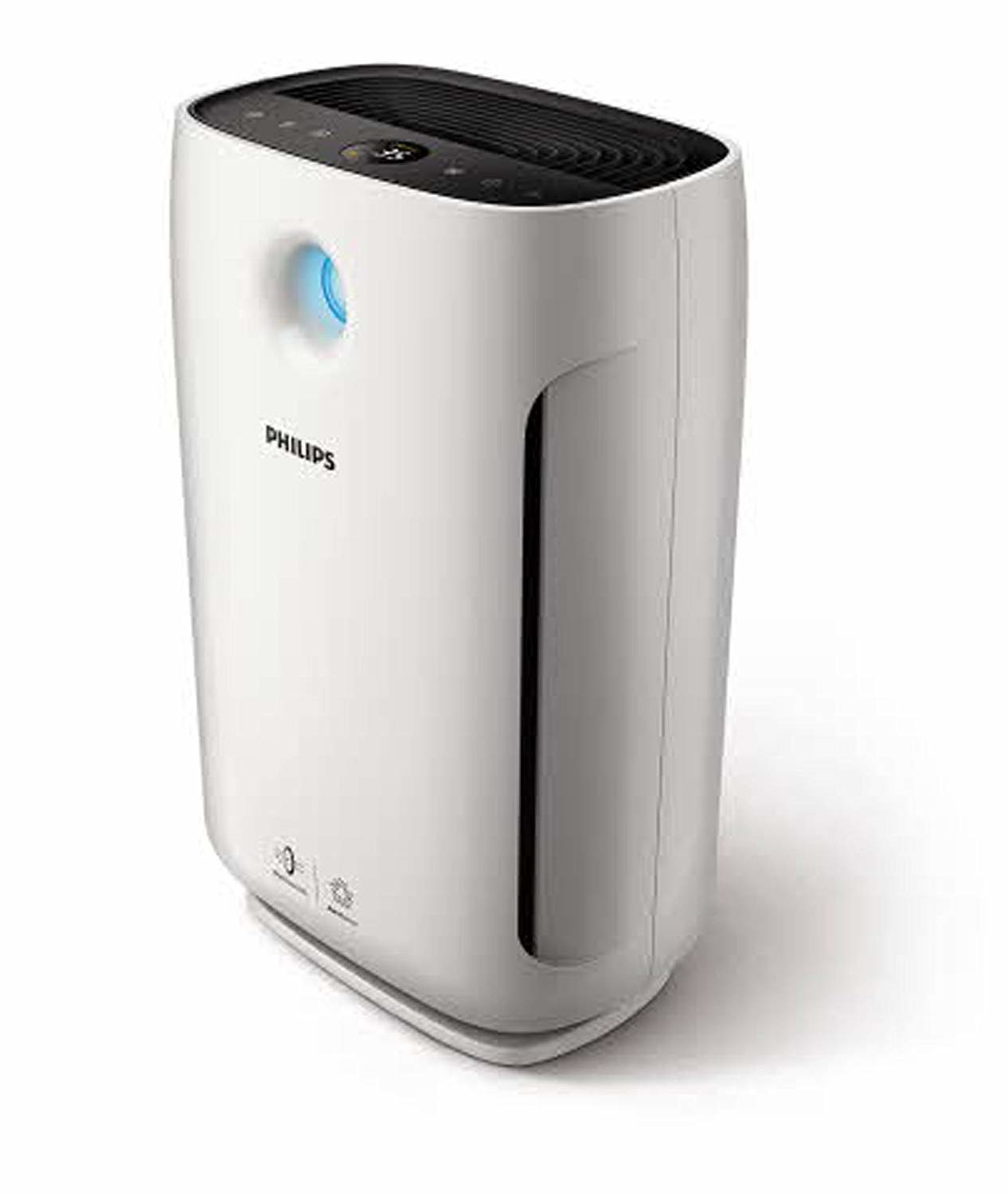
|
PHILIPS AC2887/10 |
|
|---|---|
|
filter type |
HEPA 99.9% |
|
Room |
78m2 _ |
|
Power |
333 m 3 /h |
|
Noise |
20.5dB |
|
Price |
269 euros |
The Philips AC2887/10 ( 269 euros ) belongs to the entry-level range of Philips purifiers, the 2000i series, and consists of a HEPA filter and another active carbon filter.
It is very quiet, easy to use from its touch panel, and allows you to control the air quality in real time from your screen. It has three levels of operation: general, for allergens, and bacteria and viruses, with certifications
Dyson Pure Cool Me
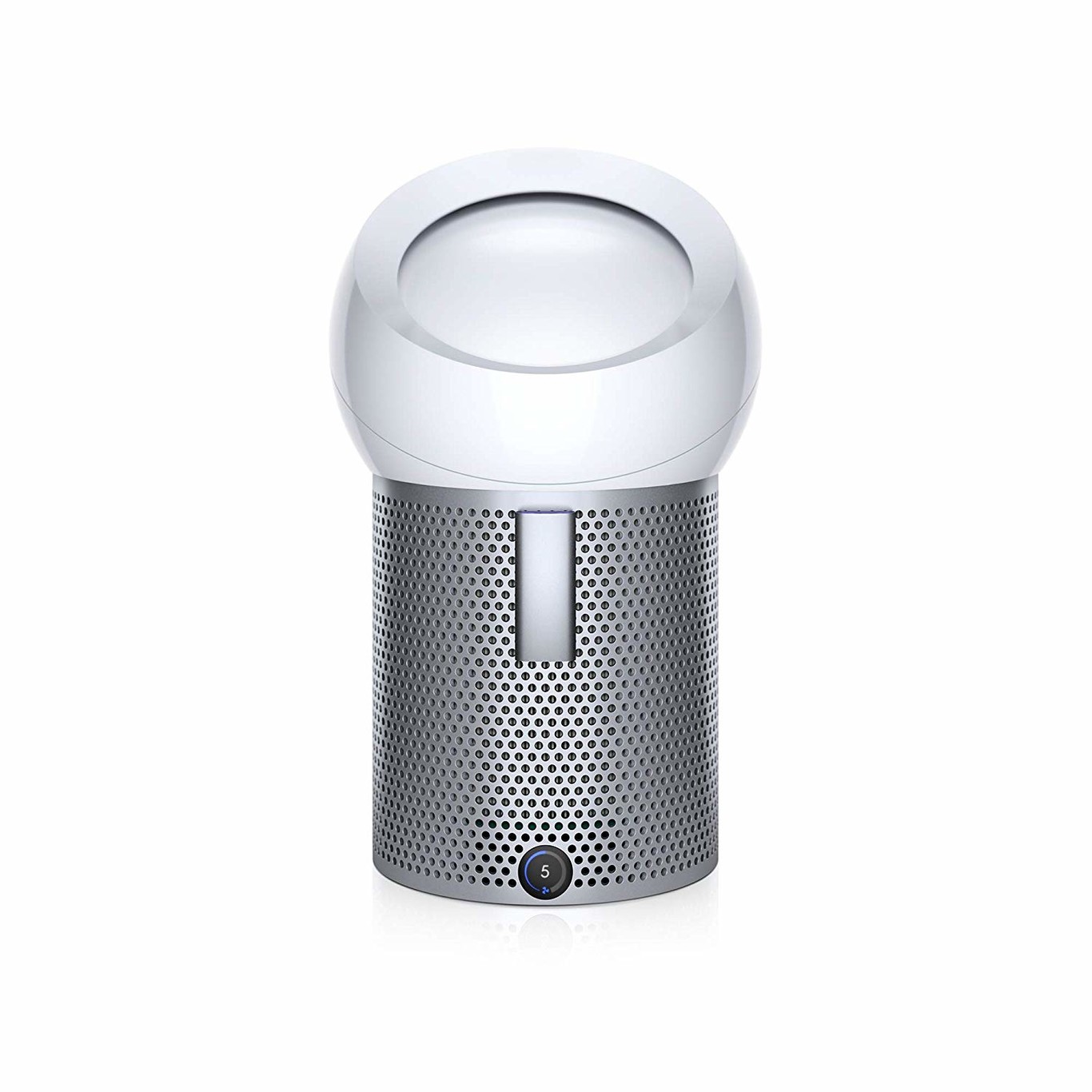
|
DYSON PURE COOL ME |
|
|---|---|
|
filter type |
HEPA 99.95% |
|
Room |
|
|
Power |
925.2 m 3 /h |
|
Noise |
20.5dB |
|
Price |
389 euros |
The Dyson Pure Cool Me ( 389 euros ) is a silent, elegant, and effective solution in its mission to purify the air at the same time that it refreshes with its ventilation system.
With a very intuitive interface through its screen and remote control, we can control its operation throughout the day, activating its night mode when we need to rest quietly. With washable filters and a timer.
Rowenta Intense Pure Air Connect XL
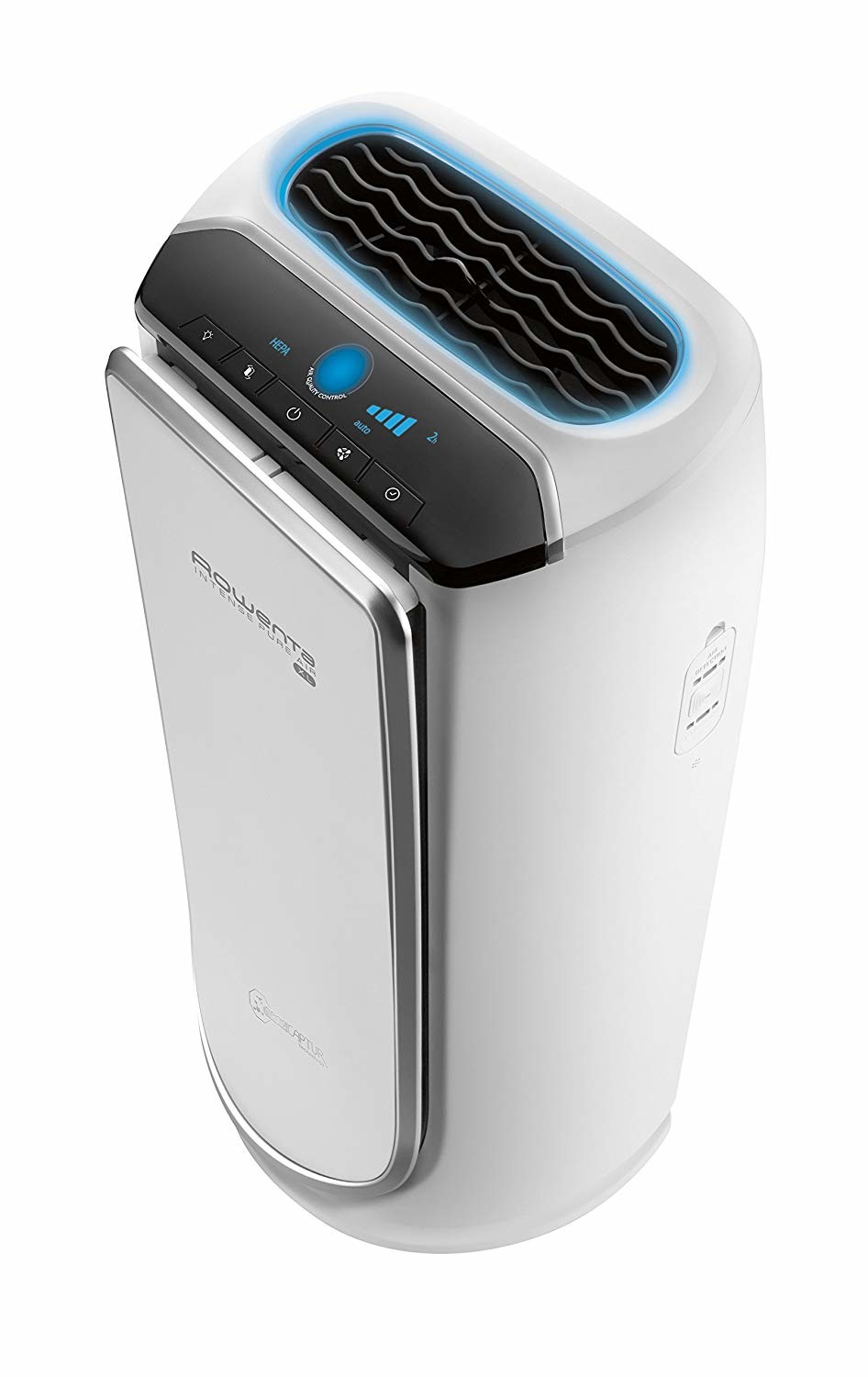
|
ROWENTA INTENSE PURE AIR CONNECT XL |
|
|---|---|
|
filter type |
HEPA 99.95% |
|
Room |
140m2 _ |
|
Power |
360 m 3 /h) |
|
Noise |
17dB |
|
Price |
269 euros |
If you need an air purifier for your entire home, the Rowenta Intense Pure Air Connect XL ( 269 euros ) offers a high-performance, low-noise solution that is interesting in terms of performance and cost.
With a system of sensors that quantify how polluted the air is and activate its start-up, it offers four levels of filtration with a pre-filter for the largest particles, an active carbon filter for odors, gases, and volatile organic compounds, the HEPA filter, and a fourth of the NanoCaptur type indicated for formaldehyde.
Its handling is intuitive, with a control panel that changes color depending on the air quality, filter change indicator, and timer, it also has connectivity to use it from your mobile.
Philips AC5659/10
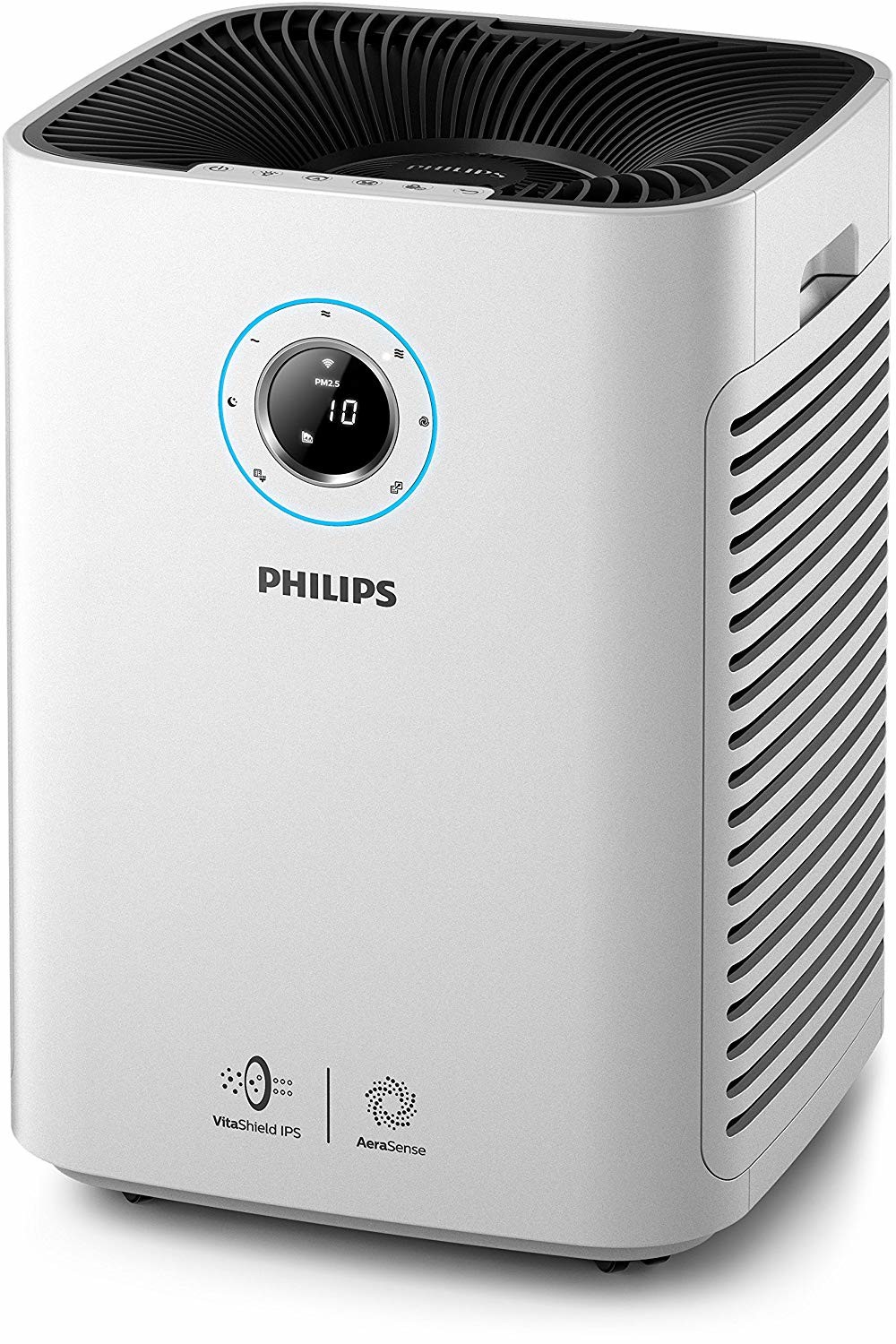
|
PHILIPS AC5659/10 |
|
|---|---|
|
filter type |
HEPA 99.97% |
|
Room |
130m2 _ |
|
Power |
500m3 / h |
|
Noise |
|
|
Price |
358 euro |
The Philips AC5659/10 ( 358 euros ) is a connected air purifier so that we can control the device and the quality of the air in its environment wherever we are from the app.
It consists of a double airflow system capable of purifying the air in rooms of considerable size, being enough for entire floors.
Dyson Purifier Cool

|
DYSON PURIFIER COOL |
|
|---|---|
|
filter type |
HEPA H13 + catalytic oxidation filter |
|
Room |
50 square meters |
|
Power |
|
|
Noise |
|
|
Price |
€1,025.12 |
With a most original and bulky design, the Dyson Purifier Cool ( 1,025.12 euros ) is a two-in-one, since it can act as a fan without blades and as a purifier. It has a filter system capable of filtering particles below 0.1 microns, according to the manufacturer. In addition, it automatically detects and displays 4 different contaminants in real-time,
And it has Wi-Fi connectivity, so it is possible to control it remotely.

Sharlene Meriel is an avid gamer with a knack for technology. He has been writing about the latest technologies for the past 5 years. His contribution in technology journalism has been noteworthy. He is also a day trader with interest in the Forex market.


